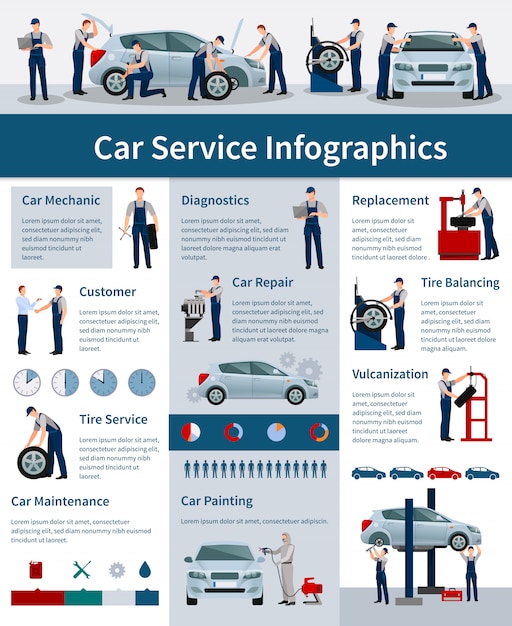Evaluating Your Automobile'S Warning Indicators: What They Really Communicate
Evaluating Your Automobile'S Warning Indicators: What They Really Communicate
Blog Article
Posted By-Lim Forbes
When you lag the wheel, those radiant caution lights on your dashboard can be a little bit complicated. Do you know what they're attempting to tell you regarding your automobile's health and wellness? Recognizing the significance of these lights is important for your safety and the durability of your automobile. So, the following time among those lights appears, wouldn't you intend to decode its message properly and take the required actions to address it?
Common Caution Lights and Interpretations
Recognize usual caution lights in your car and comprehend their significances to ensure risk-free driving.
One of the most typical caution lights consist of the check engine light, which indicates problems with the engine or emissions system. If this light begins, it's essential to have your automobile inspected promptly.
https://www.apple.com/newsroom/2021/11/apple-announces-self-service-repair/ warning light suggests low oil pressure, calling for prompt focus to avoid engine damages.
A flashing battery light could recommend a faulty charging system, possibly leaving you stranded otherwise attended to.
The tire pressure surveillance system (TPMS) light signals you to reduced tire stress, affecting car security and fuel effectiveness. Overlooking this could result in harmful driving problems.
The abdominal muscle light suggests a problem with the anti-lock braking system, compromising your capability to stop swiftly in emergency situations.
Finally, the coolant temperature level alerting light warns of engine getting too hot, which can cause serious damages otherwise dealt with promptly.
Understanding these usual caution lights will certainly help you address issues immediately and maintain secure driving conditions.
Relevance of Prompt Interest
Understanding the usual warning lights in your auto is only the very first step; the importance of quickly attending to these warnings can't be emphasized enough to ensure your safety and security on the road.
When a warning light illuminates on your control panel, it's your car's means of communicating a possible problem that needs focus. Ignoring these cautions can bring about more severe problems in the future, jeopardizing your security and potentially costing you more out of commission.
Trigger interest to advising lights can prevent break downs and mishaps. As an example, a blinking check engine light could suggest a misfire that, if left unattended, might cause damage to the catalytic converter. Resolving this quickly can save you from a costly repair work.
Similarly, a brake system warning light could signify reduced brake liquid or used brake pads, vital elements for your safety when driving.
DIY Troubleshooting Tips
If you observe a warning light on your control panel, there are a couple of do it yourself fixing ideas you can attempt before seeking expert assistance.
see this website is to consult your cars and truck's handbook to understand what the certain caution light suggests. Sometimes the issue can be as straightforward as a loosened gas cap activating the check engine light. Tightening up the gas cap may resolve the problem.
An additional common issue is a low battery, which can cause numerous warning lights. Examining the battery links for deterioration and ensuring they're secure could take care of the issue.
If a warning light persists, you can try resetting it by disconnecting the vehicle's battery for a couple of mins and after that reconnecting it. In https://rivermhbxs.digitollblog.com/31011239/finding-the-hidden-treasures-of-a-five-star-auto-repair-shop-experience , inspecting your vehicle's fluid levels, such as oil, coolant, and brake fluid, can help troubleshoot alerting lights associated with these systems.
Verdict
To conclude, recognizing your automobile's warning lights is vital for maintaining your automobile running efficiently and securely. By promptly resolving these alerts and understanding what they mean, you can prevent pricey repair services and possible break downs.
Remember to consult your automobile's manual for specific details on each alerting light and take action appropriately to ensure a hassle-free driving experience.
Keep notified, stay risk-free when traveling!
